A common trope used in a certain genre of animation is the so-called magical girl transformation. This trope stems from a genre of Japanese animation called the “mahō shōjo” or “magical girl”. In magical girl stories, we usually follow a teenage girl character who is granted the power to transform into this hero-like version of herself with superpowers to defeat the forces of evil.
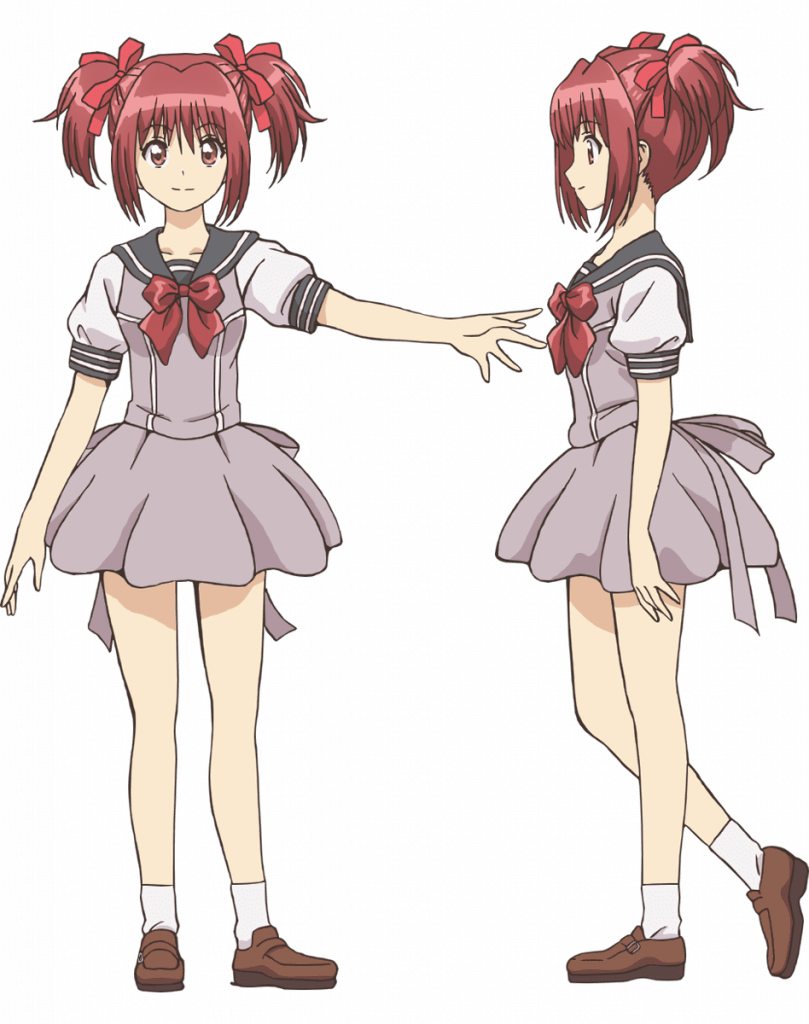
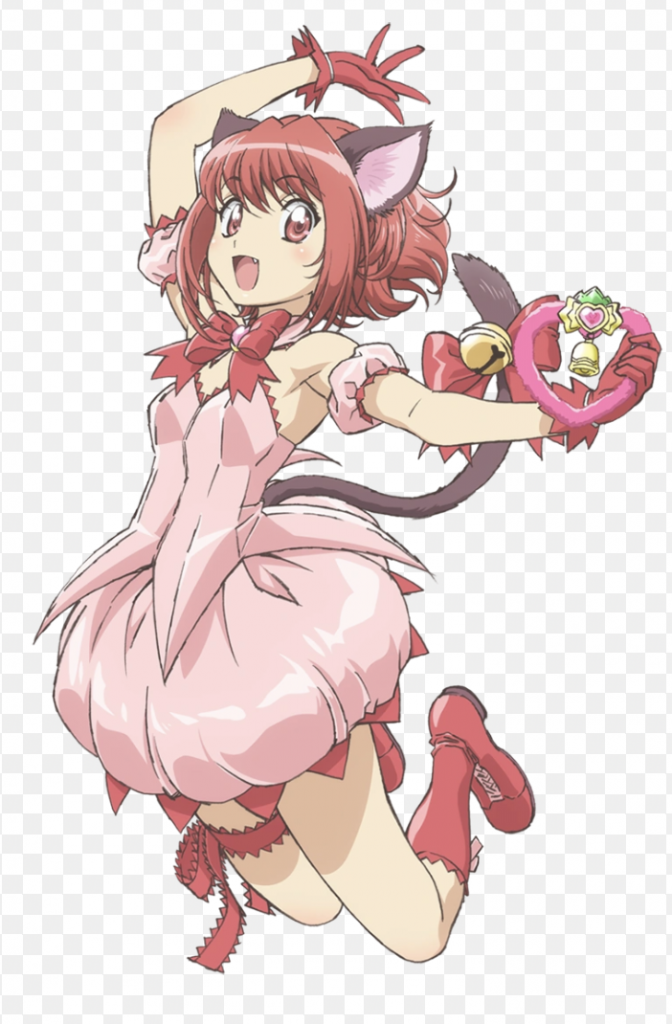
The typical classic design elements of magical girls are often, a dress with a lot of ribbons, and a specific colour associated to that character, often pink. This trope also includes different originalities of “weapons”. Different magical girls across shows rarely share the same weapon or power as each other. This is the part that differs the most between all those different shows. For example, the show Sailor Moon, uses these tiaras as a transformation and magical power tool. The show Mermaid Melody uses these shell necklaces to transform, and it is also where their power is stored. Madoka Magic uses these gem-like ornaments, where not only their magic is stored but also their soul.
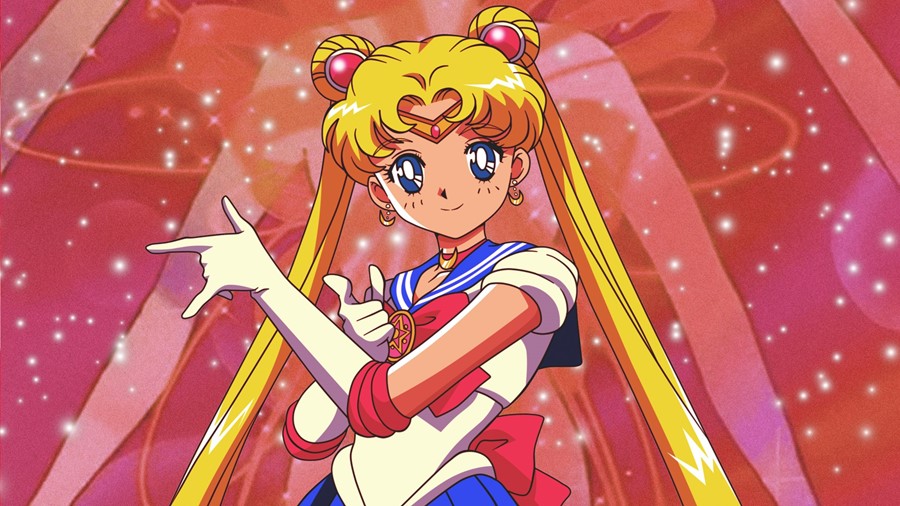
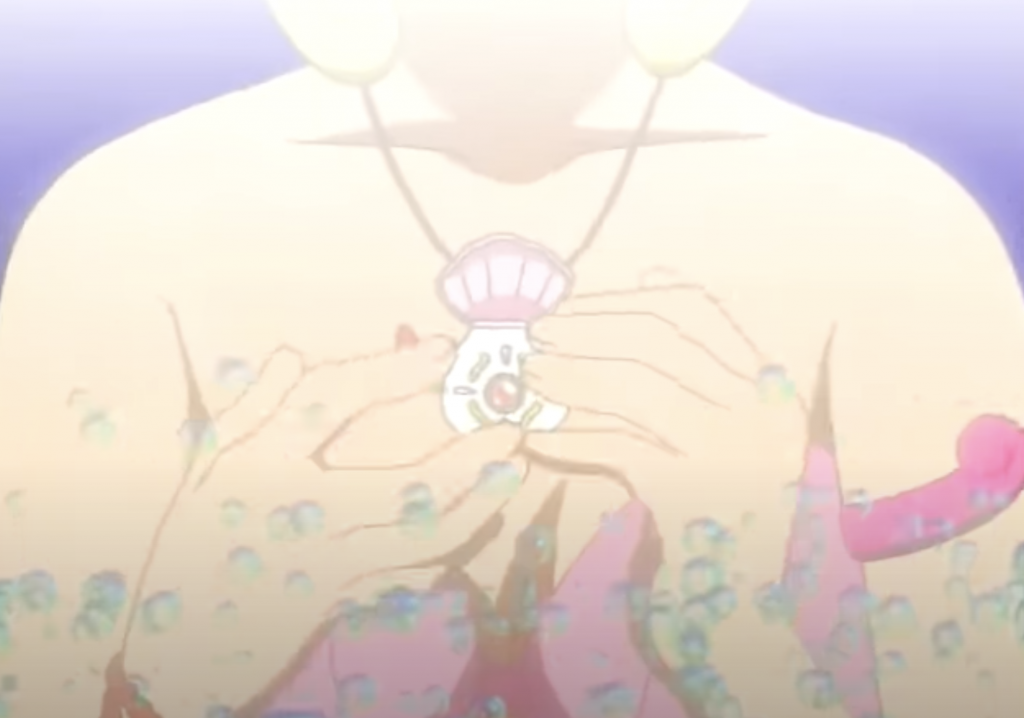
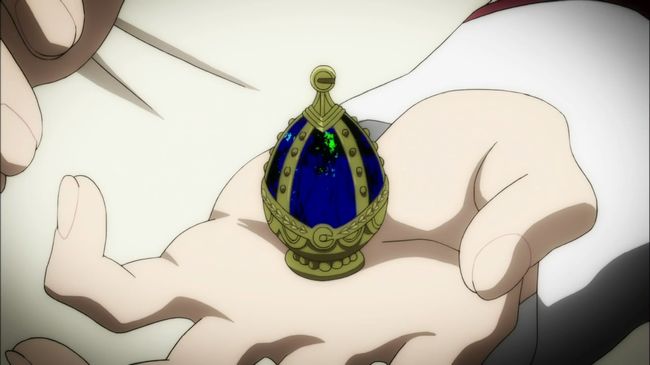
So why the transformation? Why not have the super-heroine always in her costume? Well often, this is because the character is simply leading a double life. She goes to school during the day like any other teenage girl, then fights evil in her spare time. This is to give the audience who often are around the same age group as the main character, a sense of relatability and projection. The power of “this could be me” is extremely impactful on this audience. If the heroine was always in her magical girl outfit, we wouldn’t have this effect.
These shows are often “role-model based”. The heroine is supposed to be just like you, an ordinary girl entering high school when she gains this wonderful magical power that is going to teach her about what she thinks is right and what she thinks is wrong. As the show goes on, the character gains more and more confidence and power, sometimes even gaining a second transformation. But most importantly, the character gains an understanding of her moral code, she will defend her friends, fight injustice and often sacrifice herself to be a rightful hero.
The device of that “transformation scene” often serves that purpose, but also it serves the purpose of the character getting her head together and mainly her confidence to defeat whatever challenge is ahead.
Leave a Reply